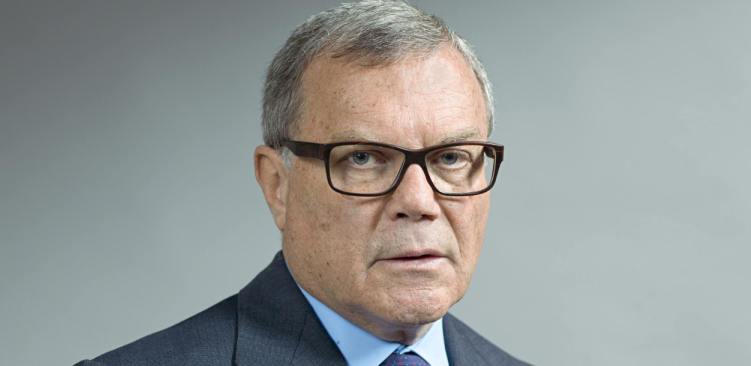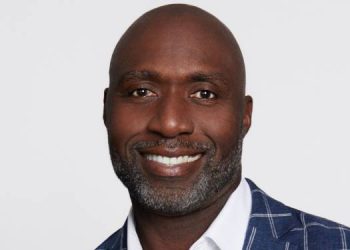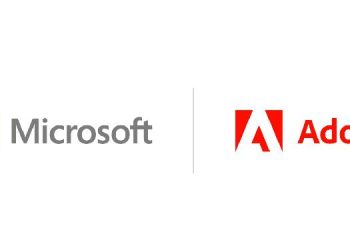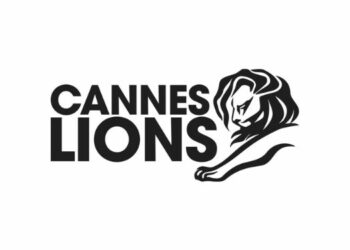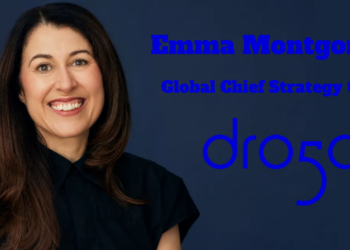WPP boss Sir Martin Sorrell has warned that the marketing industry and world economy are facing a glum outlook.
WPP is the world’s largest communications group, owning a string of creative, media, PR, research and digital agencies. Sorrell is one of the world’s most listened-to economic commentators, with the downbeat outlook offering the gloomiest tone from WPP since the Global Financial Crisis.
The comments come on top of three days of turmoil on the global financial markets.
According to the WPP commentary accompanying its annual results announcement – which includes a healthy growth in profits and revenues for the company over the last 12 months – global gross domestic product is slowing. He warned:
“Despite this strong performance, the apparent general industry optimism seems misplaced.
To survive in the advertising and marketing services sector, you have to remain positive, indeed optimistic, seeing the glass half-full and industry and company reports generally continue, understandably, to reflect that attitude.
“However, general client behaviour does not reflect that state of mind as tepid GDP growth, low or no inflation and consequent lack of pricing power encourage a focus on cutting costs to reach profit targets, rather than revenue growth.
“In addition, there seem to be little, if any, reasons for an upside breakout from the current levels of real or nominal GDP growth, which, previously, remained stuck around 3% and 5%. In fact, in recent months, whilst real GDP forecasts have remained steady, nominal forecasts have deteriorated significantly to around 3.5%, although the same pundits expect inflation to increase next year.”
Sorrell’s guidance said the mood among WPP’s clients remains slightly better than it was at the time of the Lehman Brothers bankruptcy, which sparked the GFC. However, there is no appetite for risks and instead a focus on cost-cutting which will impact the communications industry and advertising outlook, he warned.
“So all in all, whilst clients are certainly more confident than they were in September 2008 post-Lehman, with stronger balance sheets (over $7 trillion in net cash and limited leverage), sub-trend long-term global GDP growth at around 3.0-3.5% real and 5.0-5.5% nominal, combined with these levels of geopolitical uncertainty, with low inflation or fears of deflation resulting in limited pricing power, with short-term focused activist investors and strengthened corporate governance scrutiny, make them unwilling to take further risks.
“They, therefore, focus on costs, rather than revenue growth. If you are trying to run a legacy business, at one end of the spectrum you have the disrupters like Uber and Airbnb and at the other end you have the cost-focused models like 3G in fast moving consumer goods and Valeant and Endo in pharmaceuticals, whilst in the middle, towering above you, you have the activists led by such as Nelson Peltz, Bill Ackman and Dan Loeb, stressing short-term performance. Not surprising then, that corporate leaders tend to be risk averse.
“Procurement and finance take the lead over marketing and investment and suppliers are encouraged to play the additional roles of banks and/or insurance companies.
“At best, clients focus on a strategy of adding capacity and brand building in both fast growth geographic markets and functional markets, like digital, and containing or reducing capacity, perhaps with brand building to maintain or increase market share, in the mature, slow growth markets.
“We see little reason, if any, for this pattern of behaviour to change in 2015, with continued caution being the watchword. There is certainly no evidence to suggest any such change in behaviour so far in 2015.”
Sorrell’s commentaries often contain references to the four yearly effect of advertising boosts in years where Olympics and the soccer World Cup take place. The update says:
“The pattern for 2015 looks very similar to 2014, but with no maxi- or mini-quadrennial events like the Olympics, FIFA World Cup or United States Presidential Election (as there will be in 2016) to boost marketing investments. Forecasts of worldwide real GDP growth still hover around 3.0- 3.5%, with recently reduced inflation estimates of 0.5% giving nominal GDP growth of around 3.5-4.0% for 2015. Advertising as a proportion of GDP should at least remain constant overall.
“All in all, 2015 looks to be another demanding year… 2016, however, may provide a little further lift to the industry, of say one percentage point more of growth, given its maxi-quadrennial status – enlivened by the visually-stunning Rio Olympics and Paralympics, by the less visually-stunning United States Presidential Election and, last but not least, the UEFA EURO 2016 Football Championships.”
In one signal that things that WPP does not see the outlook as quite as bad as the GFC when it insituted a virtual hiring freeze, the update said: “Our operating companies are still hiring cautiously and responding to any geographic, functional and client changes in revenue – positive or negative.”
Sorrell’s comments came despite decent financial results for WPP, with global billings rising by 5% to £23.2bn; revenues rising by 6.8% to $5.8bn and profits up by 7.6% to £669m. He also said he remained “an unabahsed bull” about China’s economic prospects.
The report said that the Australian market had been “tougher” for WPP.
WPP’s agency brands in Australia include GroupM, Mediacom, Mindshare, MEC, Maxus, Burson-Marsteller, Y&R Brands, Hill + Knowlton, Millward Brown, Grey, J Walter Thompson, Landor, Ogilvy, Play, Plista, TNS, Wunderman, Xaxis and PPR.

